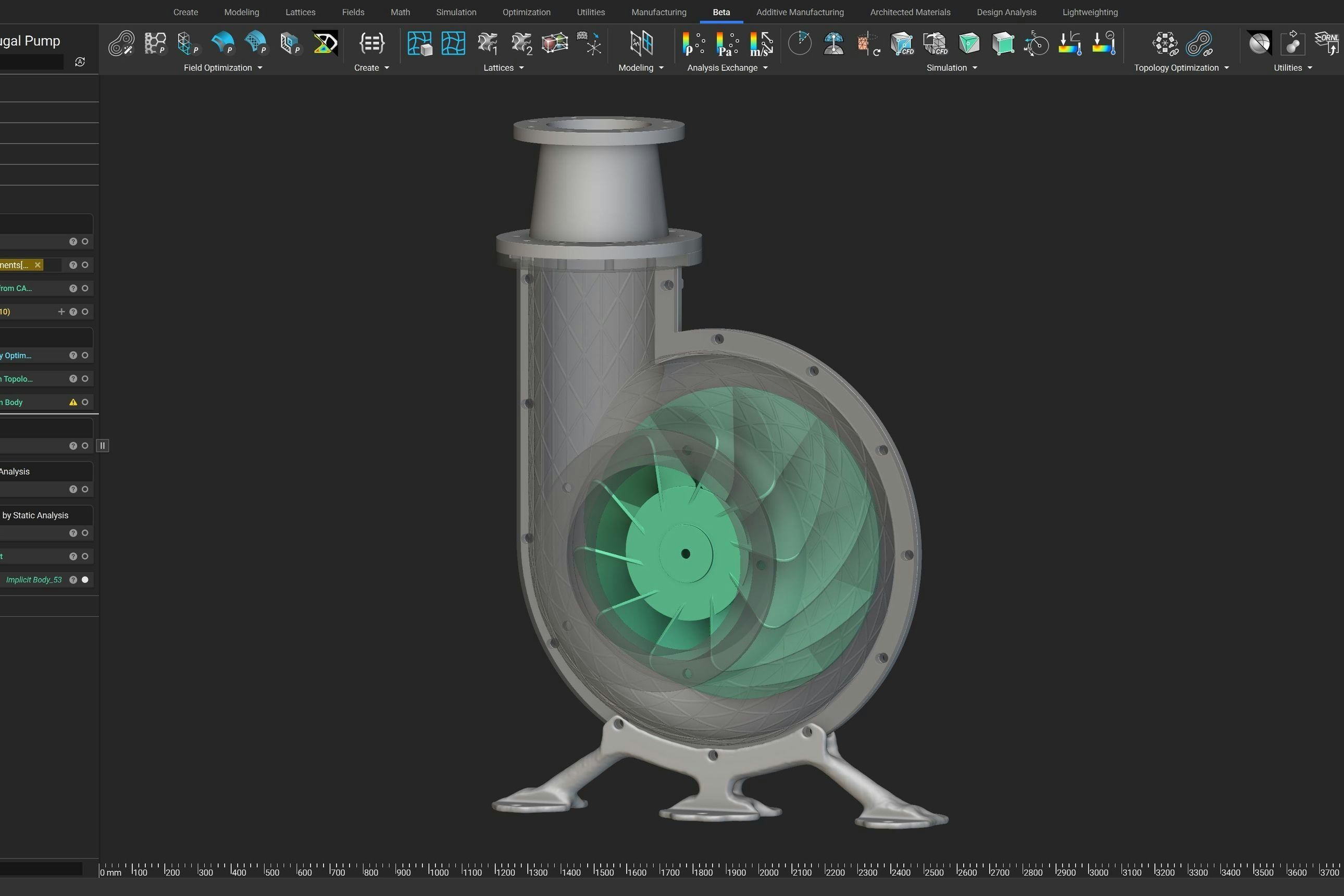Simulation-driven AM-design meets serial production and efficient post-machining
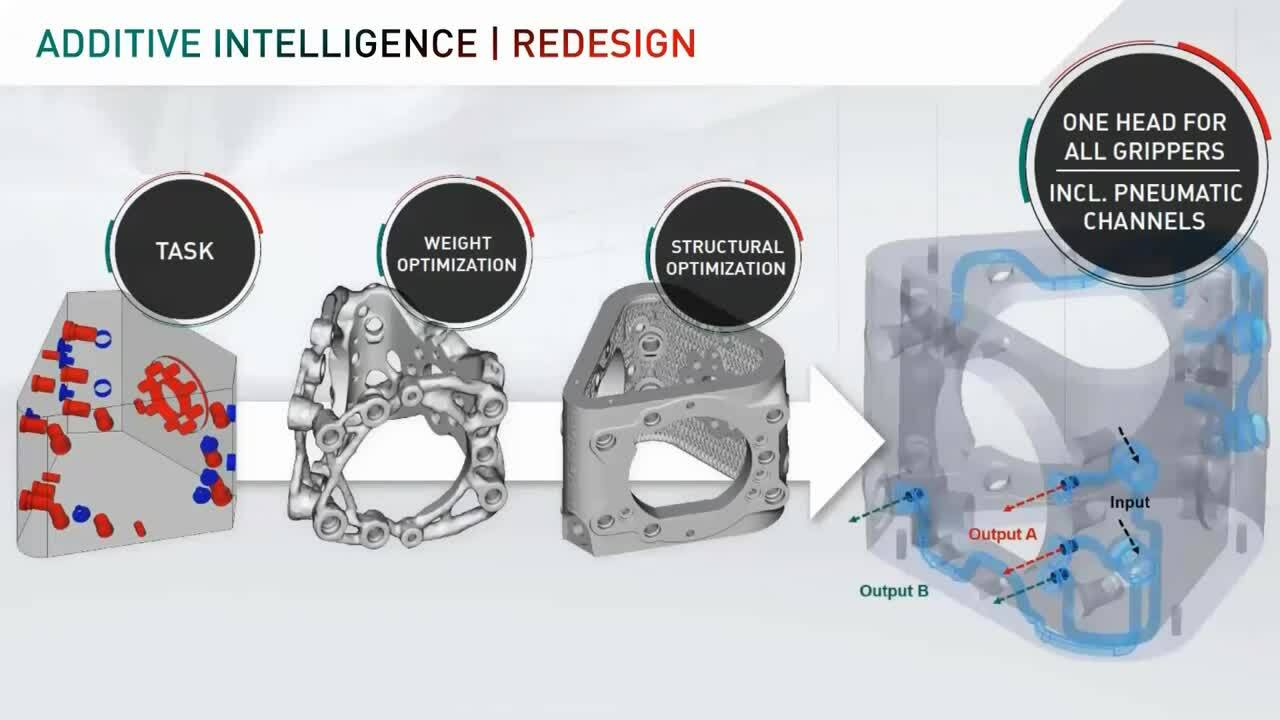
webinar: Simulation-driven AM-design meets serial production and efficient post-machining
Published on July 13, 2021
*This webinar is in English. View the German version here.
New technologies require new ways of thinking. The Additive Intelligence by DMG MORI takes customers step-by-step into the world of additive manufacturing.
Additive manufacturing is not a technology that can be viewed on its own and is increasingly used in collaboration with upstream and downstream technologies. Even more important, this technology must collaborate in order to leverage all the advantages that it offers.
This webinar will use the example of the redesign of a robot head for DMG MORI’s “Robo2Go”, a robot automation unit. Robo2Go offers a flexible automation layout with free access to the machine as well as intelligent safety features for the collaboration of man and machine.
A holistic redesign was carried out to consider the entire value chain of the manufacturing process. The goal was to optimize the quality, reduce the assembly time and components with part consolidation while minimizing the weight of the assembly. In the context of the redesign of the robot head, methods and strategies for modeling and analyzing lightweight structures were developed and demonstrated by using the innovative engineering software nTop and through close interlinking and early consideration of mechanical post-processing with CNC-machine tools.
This project illustrates the potential of a holistic product development not only with a focus purely on AM, but also with a focus on the complete production process up to the final product.
Watch this webinar & learn:
- The possibilities of additive manufacturing by DMG MORI
- Why the combination of laser powder bed fusion and post-machining is important for the success of an additive manufactured product
- How a lightweight design can be modeled and analyzed using simulation-driven AM Design
Related content
- VIDEO
Sneak peek into the nTop + Autodesk Fusion 360 integration
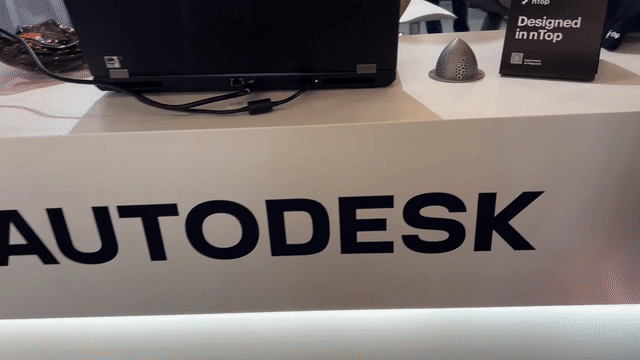
- ARTICLE
Optimizing thermal management with conformal cooling to extend operational life
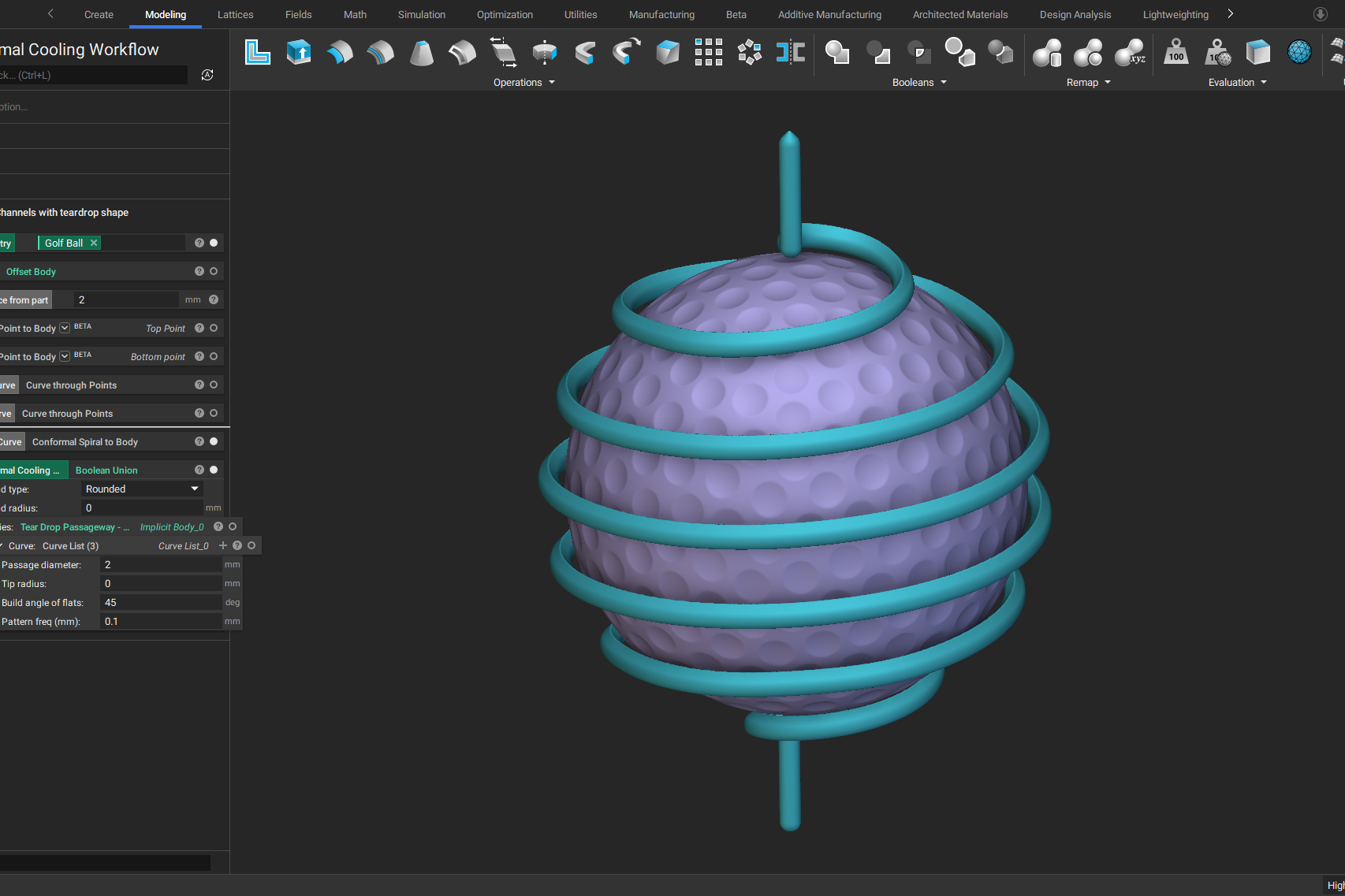
- ARTICLE
Advancing structural performance of aerospace heat exchangers
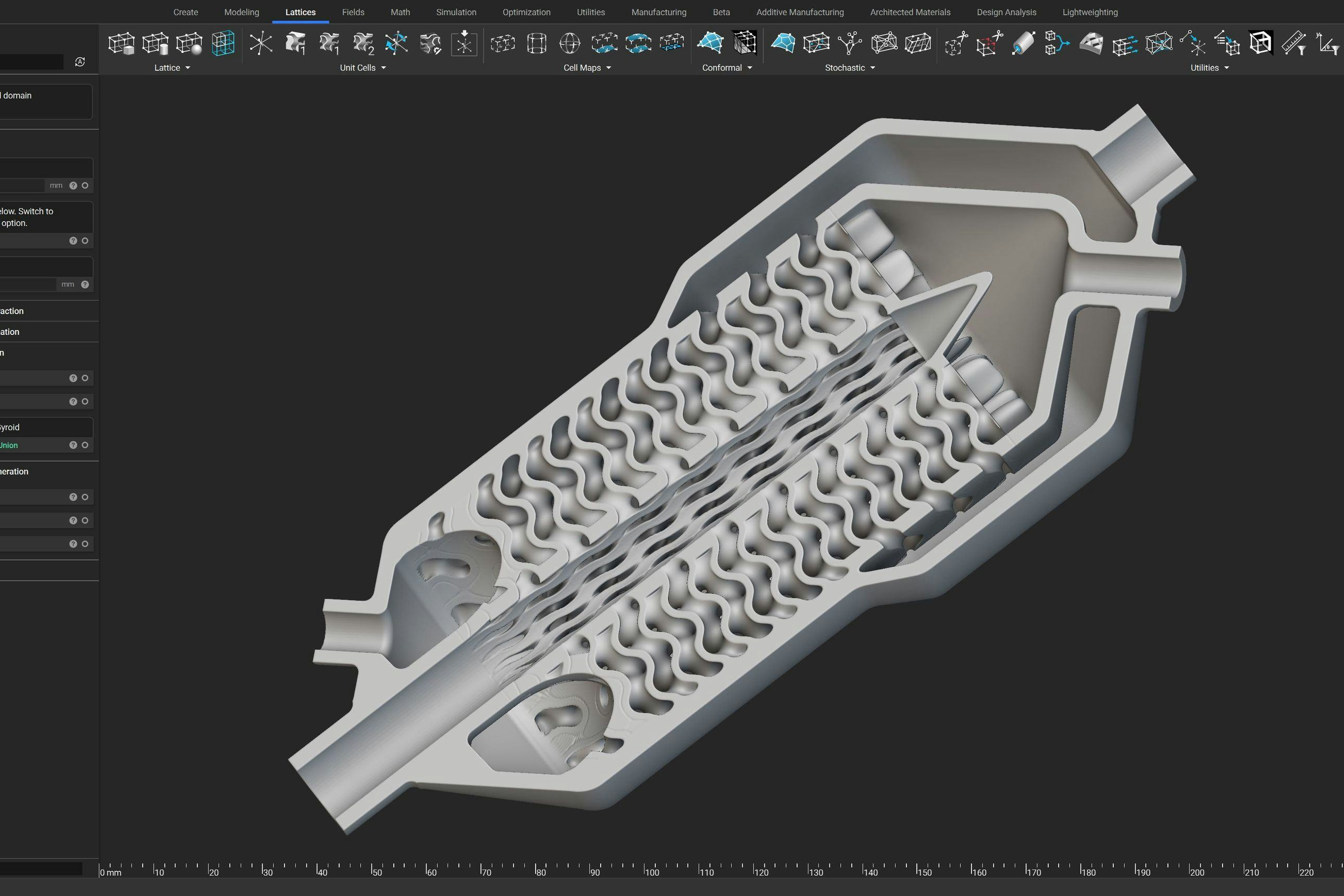
- VIDEO
Design a spooky Halloween candy bowl in nTop
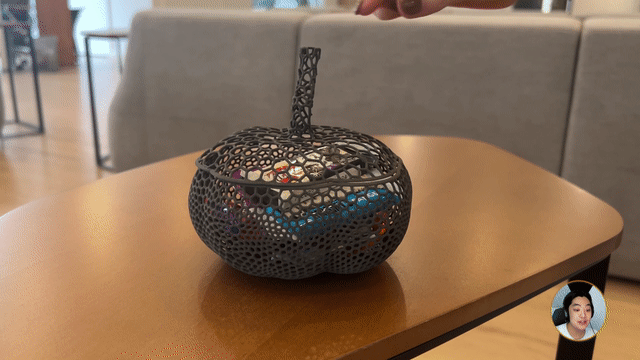
- ARTICLE
Flow management innovations: reducing pressure drop and energy
